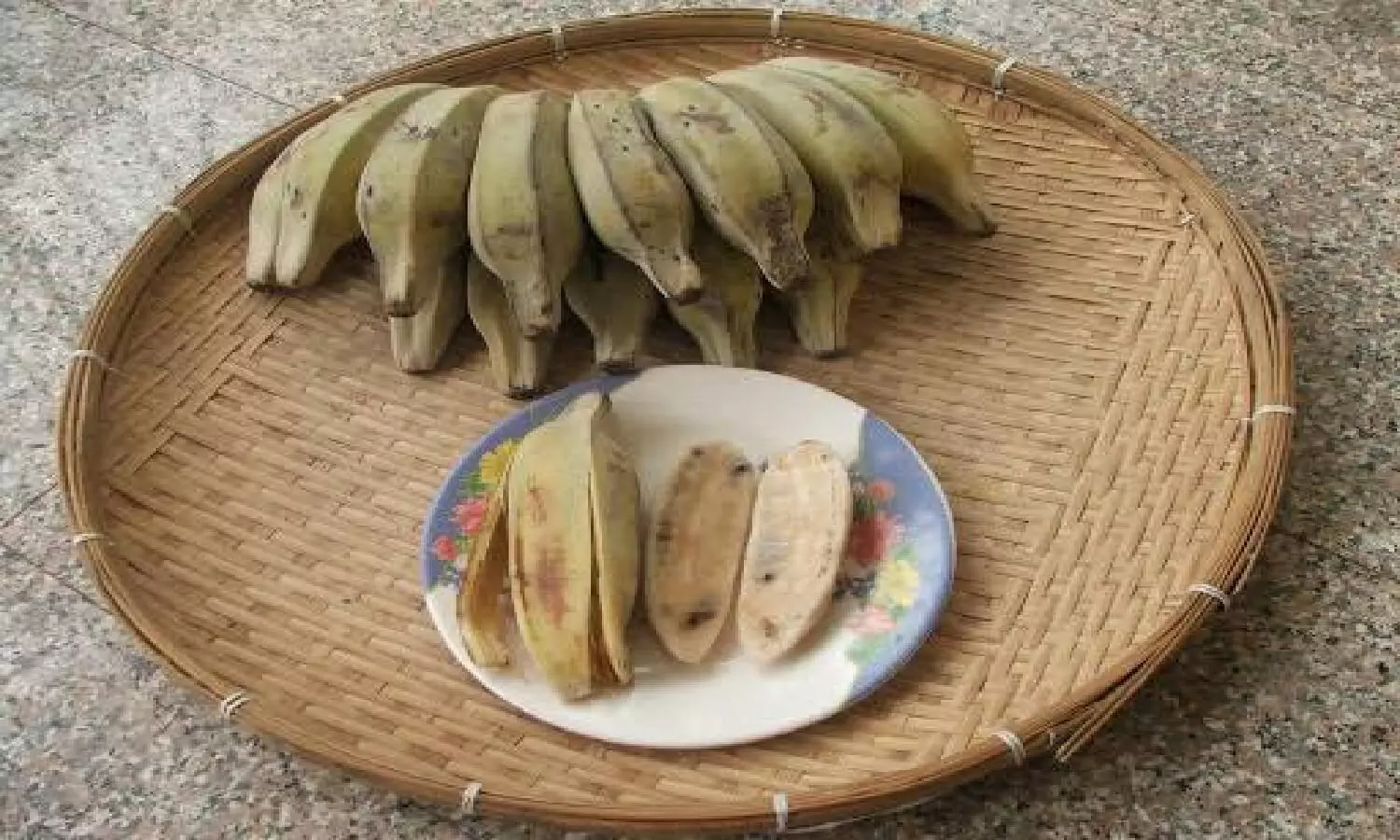Banana extract: a new green method to synthesize activated carbon
The most preferred banana for this is called Bheem Kol, an indigenous variety of bananas found only in Assam and parts of North East India
By Newsmeter Network
Hyderabad: While in search of a non-toxic method of converting tea dust into activated carbon, two scientists and their team have made a breakthrough discovery. Dr N.C. Talukdar, former director of the Institute of Advanced Study in Science and Technology (IAAST), Guwahati, and Dr Devasish Chowdhury, an associate professor have managed to use banana plant extract as an activating agent for the preparation of activated carbon from tea wastes.
This activated carbon can be used for several purposes such as industrial pollution control, water purification, food and beverage processing, and odour removal.
Explaining the use of tea as a precursor for the synthesis, the IASST team explained, "In the tea structure, the carbon atoms are conjugated and having polyphenols bond. This makes the quality of activated carbon better compared to other carbon precursors."
The usual process of conversion involves the use of strong acid and bases which makes the product toxic and unsuitable. The newly discovered non-toxic method makes use of the oxygenated potassium compounds in the banana plant extract that helps activate the carbon prepared from tea waste.
The preferred banana type for this method is called Bheem Kol, an indigenous variety of bananas found only in Assam and parts of north east India. The banana plant extract, known as Khar is an alkaline extract prepared traditionally from the ashes of burnt dried banana peels. To make Khar, the peel of the banana is dried and then burnt to produce ash. The ash is then crushed and made into a fine powder. Then using a clean cotton cloth, water is filtered through the ash powder. The solution that's left behind is called Khar. The natural Khar is extracted from a banana called Kol Khar or Kola Khar which is used as the activating agent.
The team said that the method they devised is eco-friendly and the starting materials and the activating agents can be recycled and a non-toxic activating agent is used. Also, the method is cost-effective.